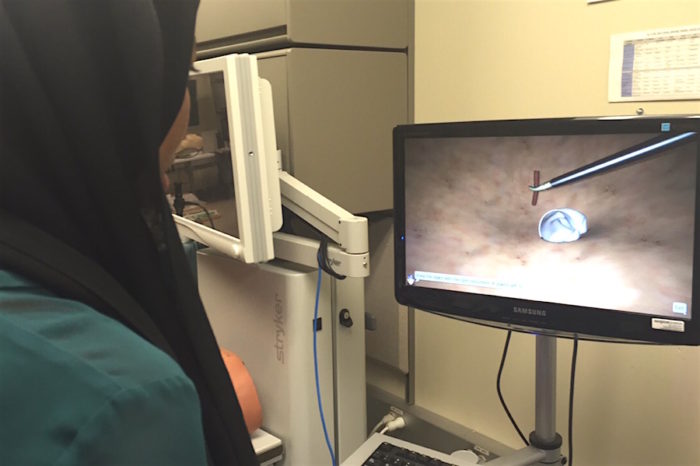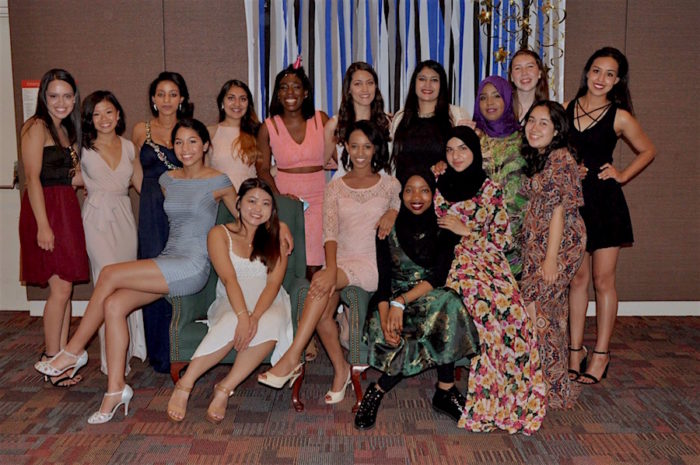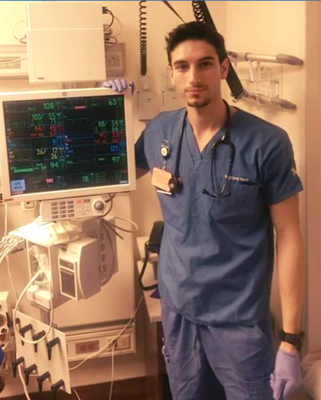Going into the health care field is a challenge for anyone, but it’s discouraged from the get-go for young women like me.
The questioning starts when you begin to express a desire to work in the health care field out loud. Instead of being asked confidently and curiously why you are interested in medicine, the question becomes: “Are you sure?” Because I am a Black, Muslim women, they may think I won’t make it because I lack the resources.
At the end of the day, this questioning is what keeps me and other students of color fighting to be successful in what we do, and remember who we’re doing it for: the people in our own communities. Recent opportunities I’ve had also reassured me that I really do want to pursue medicine.
Last month, I participated in the Summer Medical and Dental Education Program (SMDEP) at the University of Washington (UW)— an initiative that’s been operating across 11 college campuses for 27 years to recruit diverse talent in the health care industry. SMDEP introduces students from underrepresented minority groups to medical and dental fields with job shadowing, classes and professional mentorship opportunities. They also walk through the application processes and pre-requisites to enter medical and dental school.

The six-week program also gave us a close, inside look at the industry, with presentations from diverse health care providers who look more like us students. I even got to watch a (Black female) surgeon resident, Dr. Estell Williams, work at the operating table. Diversity makes health care better and more culturally responsive explains Dr. Patricia Precook, dean of the College of Nursing and Health Sciences at the University of Vermont.
“Interacting with a health care professional is such a personal relationship that it’s important that the provider you have understands the values and beliefs of the individual with whom they are working,” she said. “… If we don’t have the cultural context of the people we’re serving, we’re not going to be effective as health care professionals. It’s not just in medicine; it’s in nursing, speech pathology, physical therapy, radiation therapy – all the health professions.”
As our nation gets more diverse, it becomes increasingly important to racially and culturally reflect that diversity in all health care professions, something that has been long overlooked:
“…enrollment of racial and ethnic minorities in nursing, medicine, and dentistry has stagnated despite America’s growing diversity,” according to the Sullivan Commission. “While African Americans, Hispanic Americans, and American Indians, as a group, constitute nearly 25 percent of the U.S. population, these three groups account for less than 9 percent of nurses, 6 percent of physicians, and only 5 percent of dentists.”

Before starting the program, I had a lot doubts about the medical field. I thought that I was not smart enough, but in SMDEP, I realized that I wasn’t the only student struggling with some of the classes we need to take to enter these fields. Together, we were inspired by unlikely heroes in the health care field like Mohammad Deen, 27, a registered nurse who is pursuing nurse certification as an anesthetist at Samuel Merritt University.
Deen shared that he initially started as a medical interpreter in the Arabic language at just 18 years of age. At the time, he was eyeing an acting career and had no interest in the medical field, but served as an interpreter because it paid well.
One day, he translated for an Egyptian woman who had three children with congenital heart disease. A doctor had heard her story and flown the family to Chicago to help the woman’s one surviving daughter who couldn’t get care in Egypt. Mohammad did his job as the translator, helping to save the girl, but still was not persuaded to practice medicine.
As chance would have it, he ran into the Egyptian woman whose daughter he had helped to save. She thanked him and made Deen promise to help people in her situation. He couldn’t say no to this woman, and has since worked as a travel nurse for California Pacific Medical Center’s intensive care and cardiac care units, as well as a nurse for Northwest Rescue in critical care transport.

I have learned that a lot of people color have made it, each with a different path and story — from humanitarian nurse Mohammad Deen, to Dr. Ben Danielson, medical director of Odessa Brown Children’s Clinic and Dr. Estell Williams, a surgeon and resident at UW.
As a student who wants to be a doctor, I understand the importance of having a mentor and someone you look up to — someone who inspires and motivates you.
To support more professional pathways to heathcare, SMDEP is also in the process of expanding to include curriculum and career opportunities in nursing, pharmacy and public health, and has recently grown to specifically reach students who come from communities with steep health disparities. The Sullivan Commission reports that the paucity of minorities working as health professionals “is compounding the nation’s persistent racial and ethnic health disparities. From cancer, heart disease, and HIV/AIDS to diabetes and mental health, African Americans, Hispanic Americans, and American Indians tend to receive less and lower quality health care than whites, resulting in higher mortality rates.”
SMDEP also recruits earlier and wider in higher education, focusing “on students in the first two years of their college education because the experience of previous programs indicates that this is when students derive the most benefit,” as stated on its website.
For me, it was great timing. I had a lot of serious doubts about going into the medical field, but SMDEP reinforced this professional path as one that I really want to pursue.
Studying to become a doctor is certainly something I know I can’t do by myself. Everything that I have and will have will be from the blessings of Allah (God), as well as the support of my parents and mentors. This is what keeps me going.


Hey Roukhya, I think your article was very well written and honestly, very inspiring. As a female Muslim student, much like yourself, I also plan to pursue the medical track in hopes of becoming a psychiatrist, so stumbling upon your article encouraged me to continue on this path. And it’s funny that you should mention SMDEP (SHPEP) within your article because I am hoping to qualify into the program for this year.